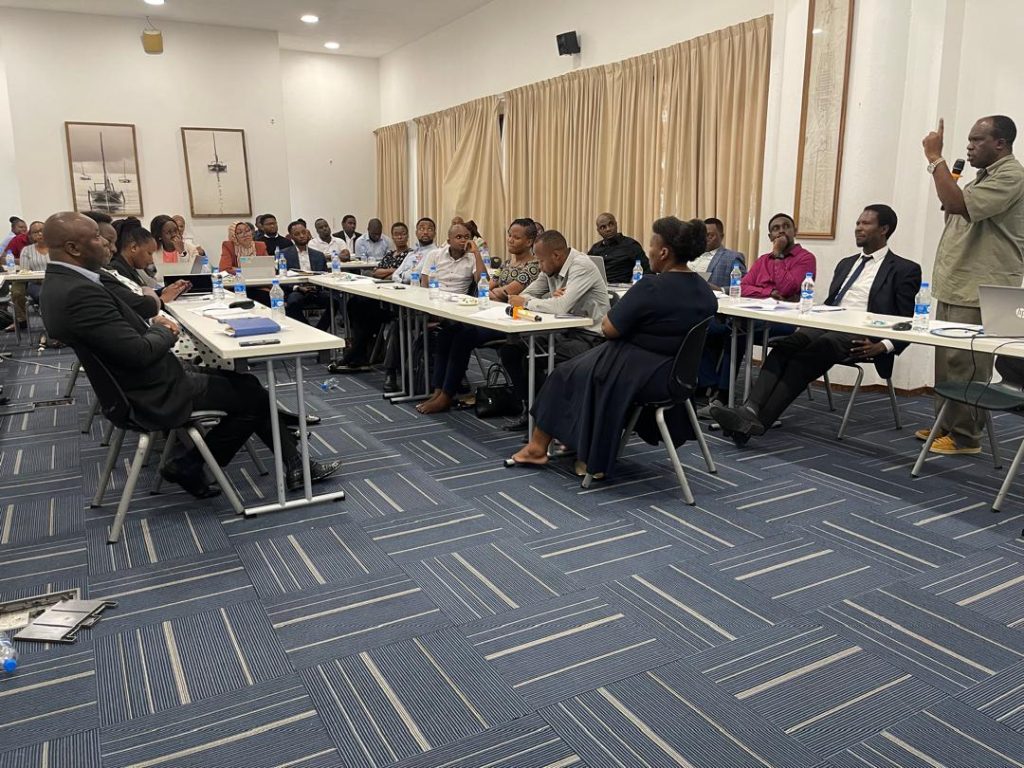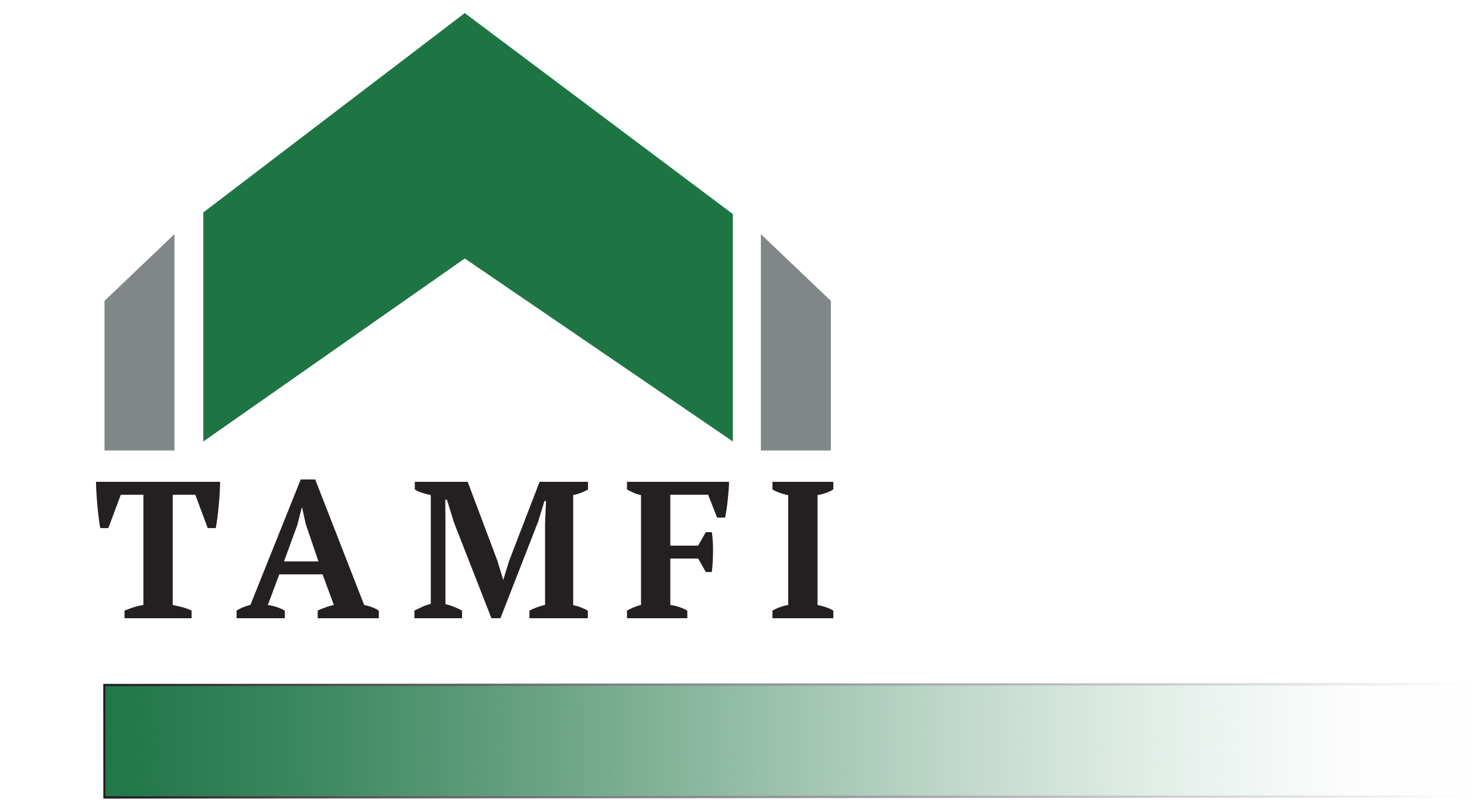
Now marking five years since the implementation of the Microfinance Act of 2018 and four years since the introduction of the Microfinance Regulations of 2019 for Tier II microfinance operators, it is imperative to review the effectiveness and impact of these policy instruments. Sufficient time has elapsed to assess whether the anticipated benefits for the industry have been realized and to address any challenges hindering their achievement. The Association of Tanzania Microfinance Institutions (TAMFI) the umbrella body of Tier II microfinance operators, with the support of UNCDF, has undertaken a study to evaluate the state of microfinance, identify challenges, and pinpoint gaps that necessitate advocacy for policy change. This is a summary of the study report and presents issues for advocacy that TAMFI, on behalf of Tier II microfinance operators, will advocate to the government.
Policy Issue to be advocated
These are issues presented as problems that face providers of microfinance services and beneficiaries regarding the implementation of the existing Microfinance Act and Regulations. Major problems facing the industry in respect of Microfinance Tier II includes
o Client’s shift – the true microfinance clients are being left out by microfinance institutions.
o Eroding of public confidence in Microfinance
o Exclusion of certain microfinance clients, namely those with very low income and no collateral.
Advocacy goal
Enhance the inclusivity, organization, and professionalism of Tanzania’s microfinance industry to ensure that diverse microfinance clients are effectively served and supported.
Major Identified Challenges of MFIs
o Business Survival: All 154 interviewed MFIs reported encountering significant challenges in sustaining their operations. These challenges stem from escalating operating costs and difficulties in accessing capital, compounded by declining income following the implementation of interest rate caps. Additionally, constraints such as the requirement for maintaining liquid assets and the imposition of regulatory costs, including those for internal auditors, credit reference bureaus, and publication of financial statements, have further exacerbated their difficulties.
o Timely Payment of Statutory Obligations: A staggering 87% of the 44 interviewed MFIs reported grappling with immense challenges in meeting their statutory payment obligations to the government punctually. This predicament arises from a decline in income, which restricts their ability to fulfill these payments on time, as they also contend with other crucial business commitments essential for sustaining their operations.
o Retention of Key Personnel: Among the 44 interviewed experienced MFIs, 78% reported significant struggles in maintaining their key staff. This challenge has forced them to either substantially reduce their workforce or lose valuable personnel due to their inability to offer competitive compensation packages.
o Traditional Microfinance sidelines over the years: Traditional Microfinance is quite expensive because there is a need for training, mentor, visit them and form groups, frequent monitoring, and weekly payment. It takes time to build a traditional Microfinance because a Financial Institution has to build a relationship with them and inspire them. There is an Institution which key products was group lending when started, It was lending solar lamps and water filters to their clients. After they were given the license and interest with the rate cap group lending had to stop and shift to individual loan because they had to survive for low profit. It was very sad because they had clients borrowed from them for more than eighteen years and clients base dropped from 1000’s to less the 100 clients.
o There is no access to social partners or development partners: Social partners give grants that help Financial Institutions to subside the costs on social products design and marketing. For example; Tujijenge Uganda has grants on agricultural loans, water and sanitation loans where in Tanzania there is no such grants.
Major Identified challenges of MFI clients
o Exclusion of certain microfinance clients, namely those with very low income and no collateral: Out of the 36 interviewed microfinance group loan clients, 32 stated that they were compelled to turn to unlicensed lenders (sharks) and unethical licensed MFIs as they no longer meet the criteria set by licensed MFIs, their previous lenders who were NGOs.
o Harassment and Degradation by Lenders: Every single one of the 36 microfinance clients interviewed, now borrowing from unlicensed lenders (sharks) and unethical licensed MFIs, reported experiencing harassment, mistreatment, and degradation from their current lenders.
Major identified policy gaps
The major identified policy gaps that deviate from best practices include:
o Blending microfinance with money lending practices: despite their distinct philosophies, principles, and operational models, poses a challenge. The Microfinance Act of 2018 amalgamates them under the Tier II classification, mandating their regulation under a single license. However, best practices dictate that they should be regulated separately, possibly under distinct laws.
o Interest rate capping: although not explicitly outlined in the act or regulations, has been implemented by the regulator, setting the Tier II interest rate at 3.5% per month. This deviates from established best practices and contravenes fair competition laws.
Other regulatory limitations that face MFIs that need to be addressed
Despite the major problems that face the microfinance industry, MFIs in Tier II also face several limitations from the 2019 regulations which ask to be resolved, these include:
o Restriction on interest method: The interest method is restricted to decline balanceonly while the largely practiced by MFIs is that of flat rate.
o Restriction on liquid assets: Liquid assets are restricted to 5% which reduces MFI’s ability to utilize their available assets, being privately owned, non-deposit-taking operators they do not put public funds at risk which would justify restricting their liquid assets.
o Disclosure of Financial Accounts: Public Display of Financial Statements, most Tier2 MFIs are privately owned entities that do not accept deposits from the public, thus they lack public exposure. Therefore, mandating the public display of financial statements only serves to compromise the confidentiality of a private entity’s financials, a practice undesired in the business realm.
o Internal Auditor: Appointment of Internal Auditor – For MFIs with no direct financial exposure to their customers, such a requirement should not be deemed necessary, much like it is not mandated for other private enterprises. This imposition represents an extra burden on MFIs without any clear justification
o Credit Reference Bureaus: Submission of credit information – The requirement to engage with credit reference bureaus (CRBs) imposes additional costs on MFIs, many of which lack the financial means to invest in the necessary technology for data submission and quality assurance. Moreover, these MFIs may not even require credit references for their clients. Privately owned MFIs bear the sole risk of lending, with no risk to the public. In the event of customer default, it is a risk the owners willingly assume. Therefore, the rationale behind incurring additional costs, particularly amidst declining income and sustainability challenges, is questionable.
TAMFI conducted a validation workshop on 30th April 2024 at Slipway Hotel, Dar Es Salaam, where participants/members had the chance to speak out their comments and suggestions on the policy advocacy report.

